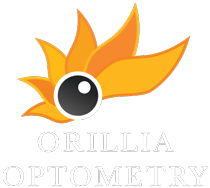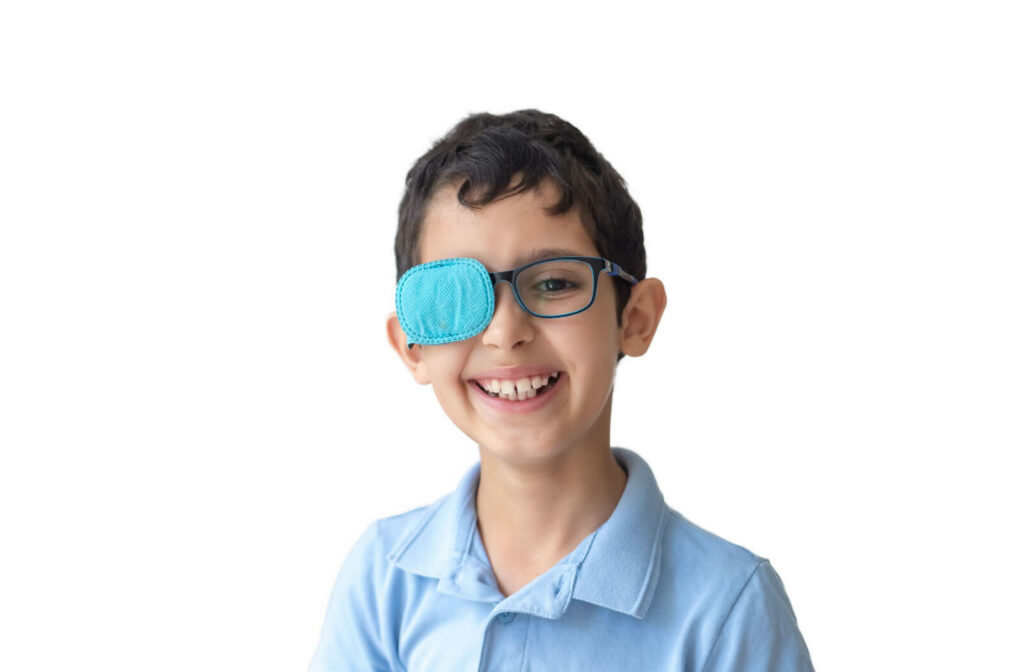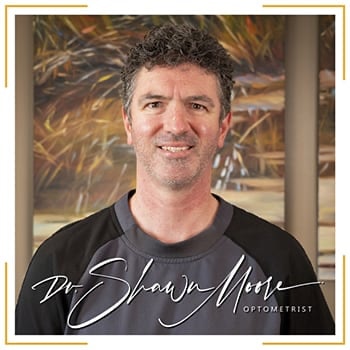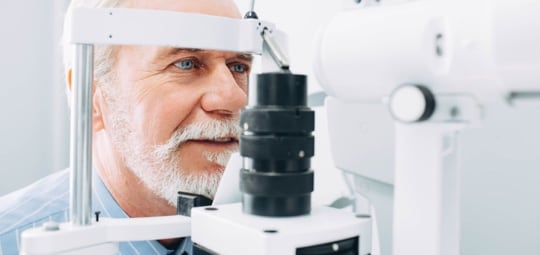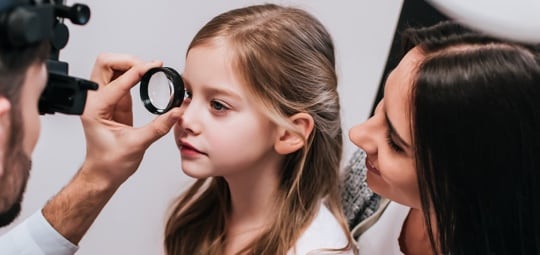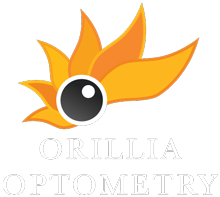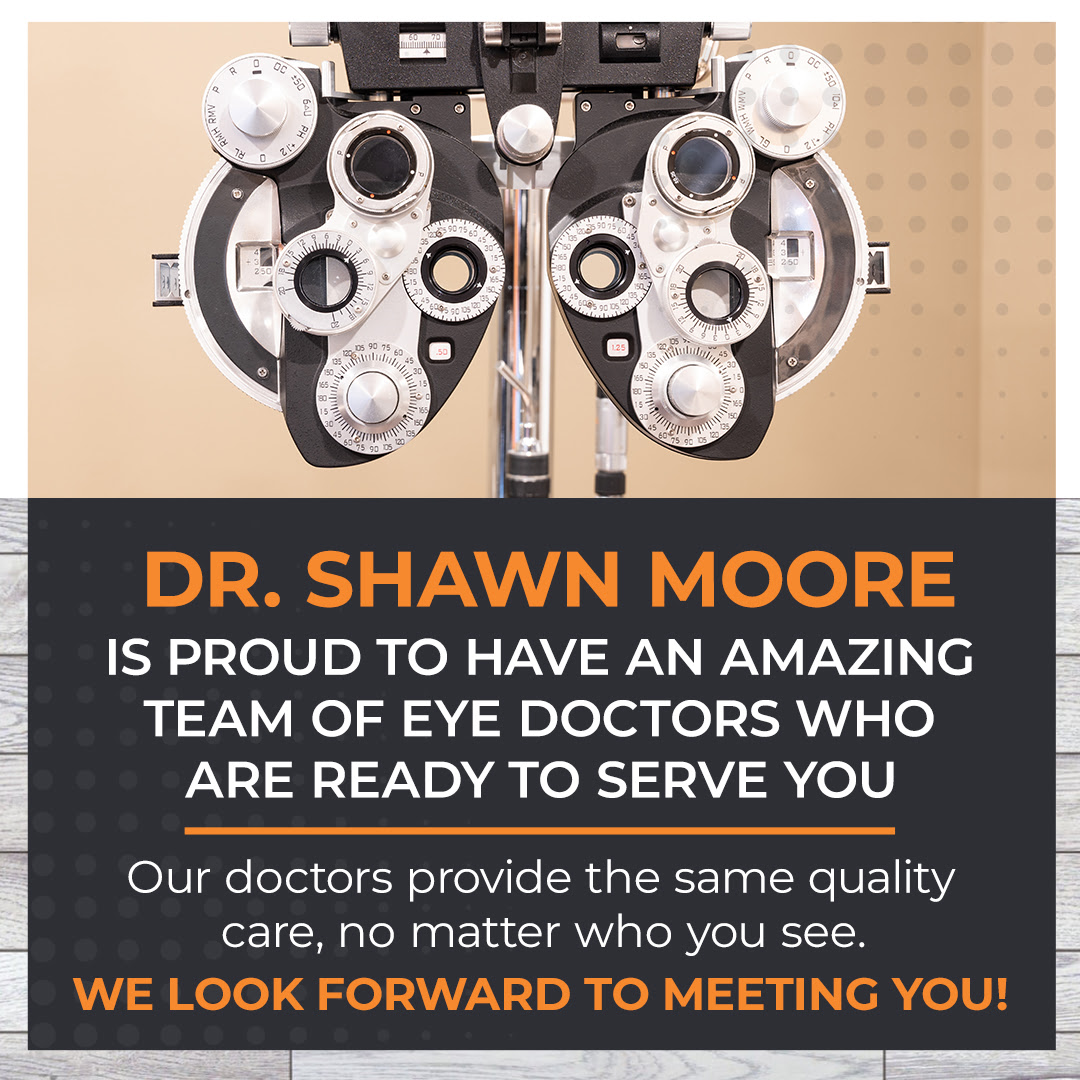For decades, the leading thought was that only children under the age of 10 would respond well to treatment for lazy eye. Experts believed that lazy eye couldn’t be treated unless optometrists, doctors, or parents identified it in elementary school.
But now, treatment options are more available. The window for intervention is growing, and optometrists can treat lazy eye far beyond school-aged years.
The earlier you can identify and treat a lazy eye, the better, but even adults can see successful results with delayed treatment.
What Is Lazy Eye?
Amblyopia, commonly referred to as lazy eye, happens when the vision in one eye is weaker than the other. The weaker eye can’t achieve normal vision or may not allow for the full development of 3D vision.
Lazy eye means the brain and the eye don’t work together as they should, and the brain can’t correctly perceive vision in one eye. The brain learns to rely only on the eye that sees clearly, creating an even greater strength difference between the unaffected eye and the lazy eye.
Lazy eye first develops in childhood, and roughly 3% of children experience this condition. When detected early, prescription lenses can help restore the eyes’ balance, which is one reason children’s eye exams are important. Treatment in adulthood looks a little different, but it can help strengthen the weaker eye.
What Causes Lazy Eye?
The neural pathways from the eyes to the brain don’t function properly for people with a lazy eye. This results in an overreliance on one eye instead of both. While amblyopia can be genetic and a result of family history, other eye conditions can lead to a lazy eye, including:
- Refractive errors, such as nearsightedness, farsightedness, or astigmatism
- Cataracts, which make eyes cloudy and blurry
- Strabismus, where the eyes don’t move together as a pair and one eye drifts in other directions
These issues can be corrected effectively when they are identified early. For adults with untreated amblyopia, retraining the brain can help strengthen your eyesight in your weaker eye.
Lazy Eye Treatments for Adults
If you’re an adult with a lazy eye, you’re not resistant to treatment. The neuroplasticity of the brain means you can retrain your visual pathways. Every patient is different, and not everyone can expect fully restored vision, but the goal is to retrain your binocular vision to help improve how your eyes work together.
Prescription Lenses
If your amblyopia is minor, corrective lenses to treat refractive errors can help balance vision sharpness, so the strong side isn’t favoured. Your optometrist can do a complete eye exam to treat the refractive errors that contribute to a lazy eye.
Vision Therapy
Vision therapy is a personalized treatment option with visual exercises to enhance depth perception, reduce suppression of the weaker eye, and enhance eye coordination. This therapy relies on brain plasticity to treat eye conditions like amblyopia in children and adults.
As people age, neuroplasticity slows, so vision therapy techniques may require longer treatment schedules to see results. Still, adults are more likely than children to adhere to the exercise schedule and do the exercises correctly.
Some therapy techniques that your optometrist may use to help with lazy eye are:
- Accommodation: to help focus the weaker eye focus more easily
- Spatial skills: to improve hand-eye coordination
- Stereopsis: to strengthen binocular vision and improve 3D perception
Vision therapy at Orillia Optometry can work on several skills to improve the cooperation between the eyes and the brain. With vision therapy techniques led by our knowledgeable optometrists, you can experience noticeable improvements in your vision.
Start Treating Your Amblyopia Today
If you’re worried you’ve missed your chance to treat your lazy eye, book an appointment with our team at Orillia Optometry to explore your amblyopia correction options. Whether we use vision therapy or other modalities, older children and adults still have the chance to see positive corrective results.
